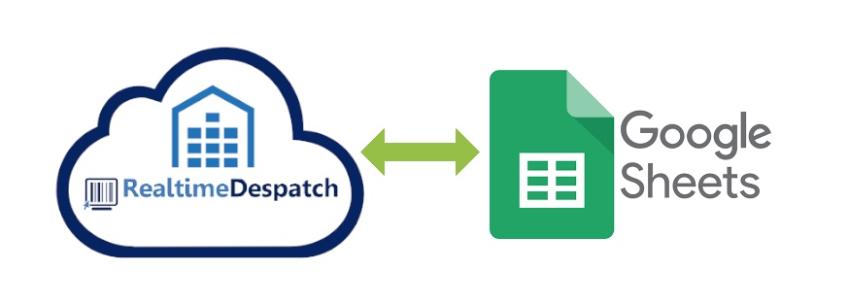Among many other feature improvements, we’ve made further usability and ‘look and feel’ refinements, and added changes helpful in dealing with the new realities of Brexit.
We’ve made billing via OrderFlow much more intuitive and powerful by allowing customers to generate printable invoice reports. Billing metrics and rates can be defined in the same way as before, however, the generated billing entries are now associated with a per-organisation invoice record for each billing week or month.
Once the billing period is complete, the customer is able to approve the invoice, allowing for a final invoice report to be created. At any point prior to approval, a provisional invoice report can be generated, or new billing entries can be generated based on modified billing metrics or rates.
We’ve also allowed for finer grained reporting of the data that’s used to create each billing entry. For example, if the customer is using price breaks or applying activity-based price differentials (for example, applying different rates to priority and normal shipments), then each element used to derive a billing total is now clearly displayable on both the user interface and in the billing reports.
In addition, we’ve added improvements to billing metric and rate management and testing, making the billing functionality more intuitive and easier to use.

Google Sheets is an excellent option for low-cost drop shipping integrations, as it allows the drop-ship operator to easily manage supplier relationships without any complex technical setup.
With OrderFlow 4.1.6, we’re now able to communicate with Google Sheets to manage drop-shipping interactions. Orders that are ready to be drop-shipped can be added onto a supplier-specific worksheet, which OrderFlow will monitor for despatch events and status changes.
Once shipments have been successfully despatched by the drop-shipper, the WMS can send out the appropriate notifications to the necessary e-commerce systems.
We’ve also simplified the management of shipments fulfilled this way with a new shipment split strategy that creates a new shipment per drop-shipped order line.
We’re continuing to add changes to OrderFlow that make it easier to deal with cross border shipping, which is especially important in the new post-Brexit environment.
It’s now possible to set terms of trade, also known as incoterms, both using the OrderFlow GUI as well as the courier selection script.
Retailers will increasingly be looking to improve the end user experience by using the DDP (Delivery Duty Paid) shipping option, especially when shipping to the EU. With OrderFlow 4.1.6 this is easier to implement.
We’ve also added a small change to make it easier to recognise and automatically set up customs data for shipments to Northern Ireland (which is still part of the EU customs area) from other parts of the UK.
Our WMS update has also introduced functionality to allow for setting of shipment pack and despatch deadlines – we’ve added dashboards which make it easy for the warehouse manager to see at a glance how they are performing against these deadlines on a particular day.
We’ve also made further improvements to the OrderFlow dashboard charts, with charting styles applied for dashboard fragments using time series data.
With the recently added ‘Stock Status’ feature, OrderFlow now provides another useful option around short picking, which is to put stock on hold. Stock that’s held in this way will not be usable for fulfilling any other shipments, and can be easily flagged as requiring inspection by a suitably qualified user.
This is a great option for OrderFlow WMS customers looking for a coherent way to manage short picks, while keeping the pickers’ job easy and preventing them from having to apply stock adjustments directly.
In our latest WMS release we’ve also made a number of other useful improvements in inventory and warehouse management.
We’ve refined the display of inventory records in multi-site environments for users who have access to some but not all sites on the system.
Our OrderFlow warehouse management system now dynamically calculates the relevant inventory summary information across the user’s selected sites.
We’ve also refined the selection of channels for inventory notification. For multi-channel organisations, it’s now possible to specify that inventory notifications be sent to all channels, just the primary channel, or just to the channels from which the product data was received. This feature allows for many unnecessary notifications to be eliminated, reducing the noise in the system.
We’ve also added an alternative around replenishment that allows unnecessary picks from secondary locations to be avoided.
If you’d like to transform your warehousing and fulfilment operations, please get in touch for more information about the OrderFlow warehouse management system and the services and support we offer.